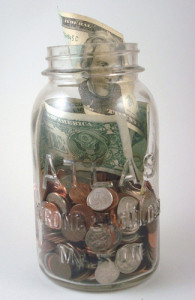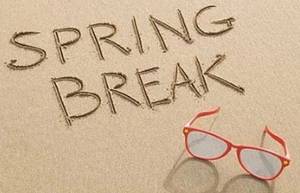
Now that cooler weather is upon us and the flu season is approaching, we wanted to offer some general suggestions and reminders to help you and the children under your care to stay healthy throughout the year.
Keeping a healthy body, mind and spirit= Balance:
Get enough sleep
Eat healthily
Exercise regularly
Take some time each day to relax
Rest or slow down when you feel tired
Maintain a balance between work, rest, relaxation and your social life
Go outdoors! Even when it’s cold. Cold air doesn’t cause illness, staying cooped up inside with the germs usually does it. Plus the sunshine (Vitamin D) is good for you.
Protect yourself and others:
Please remember that preventing illness and the spread of disease protects not just you and your family, but also children who may have serious conditions affecting their ability to fight off infections. Kids who may have asthma, diabetes, heart disease, severe allergies, cystic fibrosis, cancer or other conditions are more vulnerable.
Avoid spreading germs, wash your hands, cover your cough, and stay home if sick
Cover coughs or sneeze with the crook of your elbow or a tissue-not your hand
Frequent hand washing with soap and warm water will help prevent the spread of influenza, strep throat, stomach viruses, and many other diseases. Please keep children home from school if they have a respiratory illness, fever, diarrhea or vomiting.
Shower regularly
Avoid contact with people who have cold or flu symptoms
Keep a clean and healthy home environment:
Keep frequently touched surface clean(kitchen counters, computer keyboards and computer areas, telephones, doorknobs)
Keep the children’s play area and toys clean
Keep your bedroom dust free as possible.Vacuum regularly and empty your waste basket daily.
Prevent the flu:
Did you know the flu virus can knock you out for a week or more? Symptoms include high fever and severe head and muscle aches. Infection can lead to complications like ear and sinus infections, dehydration, and bacterial pneumonia. The Centers for Disease Control and Prevention (CDC) recommends that everyone ages 6 months and older should receive a flu vaccine each year.
Where can you get the flu vaccine?:
Flu vaccines are available NOW in medical offices, pharmacies and at your County Public Health Division. You don’t need to have a regular doctor or nurse to get the flu vaccine.
To find flu shots near you go to http://vaccine.healthmap.org/ and type in your zip code.
Have a safe and healthy year!




 Here are some ideas to keep you busy during the winter months:
Here are some ideas to keep you busy during the winter months:










 Host parents often ask for suggestions on how best to handle common expenses that occur as au pairs are caring for the children.
Host parents often ask for suggestions on how best to handle common expenses that occur as au pairs are caring for the children.
